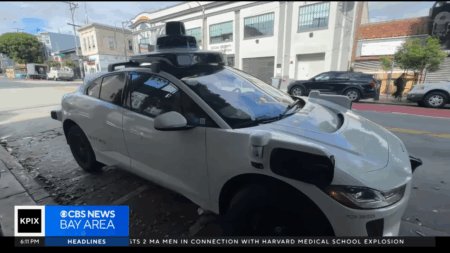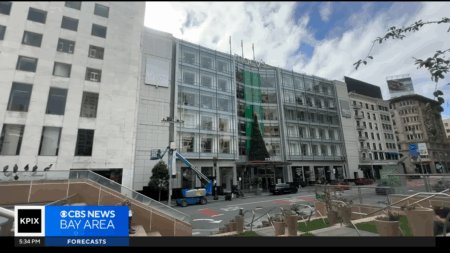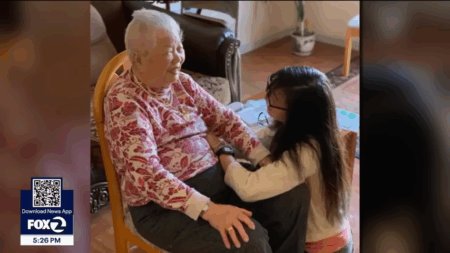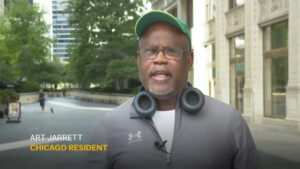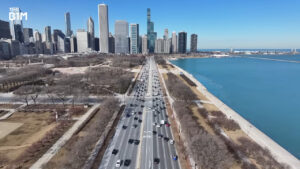Union Square Subway Bear Spray Incident Sparks Safety Alerts and Commuter Concerns
On Tuesday evening, a sudden release of bear spray inside a Union Square subway train triggered widespread panic and confusion during the busy commute, resulting in eight passengers sustaining injuries. The potent chemical agent caused severe eye irritation and respiratory distress, prompting an immediate emergency response. Transit operations were temporarily suspended as authorities worked to secure the area and investigate the incident. Eyewitnesses recounted scenes of chaos, with thick clouds of spray filling the platform and commuters struggling to breathe while hastily evacuating.
This alarming event has intensified calls from transit officials and urban safety experts for bolstered security protocols within public transportation systems. Proposed measures to mitigate future risks include:
- Expanded surveillance infrastructure: Deploying additional high-definition cameras to enhance real-time monitoring capabilities.
- Commuter education initiatives: Launching awareness programs to equip passengers with knowledge on identifying and responding to hazardous exposures.
- Specialized emergency training: Preparing transit personnel to swiftly manage chemical irritant incidents and minimize harm.
| Type of Injury | Number Affected | Current Status |
|---|---|---|
| Respiratory Complications | 5 | Fully Recovered |
| Eye Irritation | 3 | Under Medical Observation |
Swift Emergency Response and Medical Care for Affected Commuters
Emergency teams responded promptly following the bear spray exposure at Union Square, prioritizing the safety and treatment of the eight injured passengers. First responders implemented decontamination protocols, relocating victims away from the contaminated environment and administering immediate first aid, including saline eye rinses to alleviate burning sensations. To prevent secondary contamination, strict safety measures were observed by medical personnel throughout the intervention.
Medical treatments administered encompassed:
- Flushing eyes with sterile solutions to reduce irritation and inflammation
- Providing respiratory assistance to those experiencing breathing difficulties
- Monitoring for allergic reactions or other complications
- Transporting patients with persistent symptoms to nearby healthcare facilities for further evaluation
| Service Provided | Number of Patients | Duration of Care |
|---|---|---|
| On-Site Emergency Aid | 8 | Approximately 30 minutes |
| Hospital Transfers | 3 | Varied by case |
| Respiratory Support | 2 | 15 minutes |
Ongoing Investigation into Bear Spray Release and Underlying Motives
Authorities are actively investigating the circumstances surrounding the discharge of bear spray within the Union Square subway station that injured eight individuals. Law enforcement officials are meticulously reviewing surveillance footage and gathering witness testimonies to reconstruct the timeline and identify the responsible party. At this stage, it remains unclear whether the incident was deliberate or accidental, with investigators emphasizing the complexity of the case.
Primary investigative objectives include:
- Identifying the individual who deployed the bear spray and understanding their intent
- Determining if the incident was a targeted assault or a random occurrence
- Evaluating existing security measures to identify gaps that allowed the event to escalate
| Investigation Aspect | Current Status |
|---|---|
| Review of Surveillance Footage | In Progress |
| Collection of Witness Accounts | Ongoing |
| Suspect Identification | Pending |
| Assessment of Safety Protocols | Under Review |
Strategies for Enhancing Commuter Safety and Transit Security
In response to the recent bear spray episode, both transit authorities and passengers are urged to adopt heightened vigilance and preparedness. Commuters should consider carrying essential safety items such as face masks and portable eye wash kits when using public transportation. Maintaining situational awareness, especially in densely populated areas, is crucial for early detection of potential threats. Promptly reporting suspicious activities to transit personnel or law enforcement can significantly reduce the risk of escalation.
Recommended security enhancements focus on prevention and rapid response:
- Upgrading surveillance systems with real-time monitoring capabilities
- Increasing the deployment of trained security officers during peak travel times
- Implementing emergency alert mechanisms within subway cars and station platforms
- Conducting regular safety drills to educate passengers on appropriate responses to emergencies
| Security Measure | Anticipated Benefit | Implementation Timeline |
|---|---|---|
| Surveillance System Enhancements | Improved detection of threats | Within 6 months |
| Increased Security Personnel | Quicker incident response | Immediate |
| Emergency Alert Integration | Heightened passenger awareness | 3-4 months |
| Passenger Safety Training Drills | Enhanced preparedness | Biannual |
Final Thoughts on Subway Safety and Incident Response
The bear spray incident at Union Square serves as a critical reminder of the vulnerabilities present in crowded urban transit environments and the importance of proactive safety measures. As investigations continue, officials reaffirm their dedication to safeguarding all subway riders and improving emergency protocols. Commuters are encouraged to stay alert, report unusual behavior, and equip themselves with basic safety tools. Updates will be shared as new information emerges, underscoring the ongoing commitment to public transit security.








